Many people today feel constantly exhausted, in pain, sleep poorly, or notice that their body isn't regenerating as well as it used to. They may even exercise, pay a little attention to their diet – but still lack energy and make no progress. What many don't realize is that the body is often in a state known as "catabolic." This means that it is primarily operating in breakdown mode – rather than building up.
The body has two basic functional states: anabolic and catabolic. The anabolic state represents building, regeneration, healing, and renewal. This is where muscles are built, hormones are produced, and damaged cells are repaired. This is the state in which we recover from exertion, in which we become healthier, stronger, and more resilient. The catabolic state, on the other hand, represents breakdown – here the body switches to generating energy by breaking down its own reserves. This makes sense in the short term, for example during acute stress, fasting, or intense physical exertion. It becomes problematic when the body remains in this breakdown mode permanently – and that is exactly the case for many people today.
A major cause of this is chronic stress. Whether it's professional pressure, constant availability, inner restlessness, or unresolved emotional issues – all of this keeps the nervous system in what's known as sympathetic mode, or the "fight or flight" response. The body releases increased amounts of cortisol, a stress hormone that, in high doses over the long term, inhibits muscle growth, disrupts sleep, and promotes inflammation in the body. This has direct consequences: Muscles are broken down, joints regenerate more slowly, and the immune system is weakened.
Lack of sleep also plays a major role. The most important anabolic processes take place during deep sleep. Growth hormones are released, cells are repaired, and tissue is built. Those who sleep poorly—or too little—lose precious regeneration time night after night. In the long term, this can lead to muscle loss, hormonal imbalances, and chronic fatigue.
Another often overlooked factor is lack of exercise. If you don't move enough in your daily life, you don't stimulate your body to build muscle. Your muscles aren't sufficiently stressed, which pushes your body into a catabolic state. At the same time, you lack the movement to activate your metabolism, stimulate lymph flow, and regulate your nervous system. The body falls into a kind of "standstill" that has nothing to do with true recovery.
And then there's the issue of nutrition and micronutrient deficiencies. Our cells need protein, vitamins, minerals, and healthy fats to repair and rebuild. If these building blocks are missing—for example, due to an unbalanced diet, frequent diets, or poor intestinal absorption—the body simply lacks the material it needs to stay healthy. Older people or people with chronic inflammation in particular often have what's known as anabolic resistance—meaning that even when the body receives stimuli, it can no longer respond well to them because it lacks the right conditions.
In addition, many people suffer from silent inflammation that spreads unnoticed throughout the body. This inflammation blocks important rebuilding processes and also keeps the body in a state of breakdown. Typical causes include a leaky gut, sugar, trans fats, environmental toxins, and chronic stress.
When all these factors come together, the body gradually loses its ability to regenerate. Muscles stop growing, joints heal poorly, skin ages faster, hair falls out—even thinking becomes more difficult. Energy is lacking, strength diminishes, and the joy of life fades.
But it doesn't have to stay that way. The good news is: The body can rebuild itself – if we create the right conditions for it. This primarily means reducing chronic stress, getting good, deep sleep again, exercising regularly – but in moderation and with targeted muscle stimulation – and providing the body with all the nutrients it needs. This also includes identifying and treating inflammation, for example, through gut health, a low-inflammatory diet, and targeted micronutrient therapy.
In functional medicine, this is referred to as an integrative strategy: We look not just at individual symptoms, but at the bigger picture. We strengthen the autonomic nervous system, promote energy metabolism in the mitochondria, and support the body's detoxification systems. This allows body, mind, and emotions to return to balance – and regeneration becomes possible again.
When the body returns to an anabolic state, not only do the muscles recover. Joints, connective tissue, the immune system, and even our mental clarity also benefit. It's a sign that a person is no longer just "surviving," but truly living.



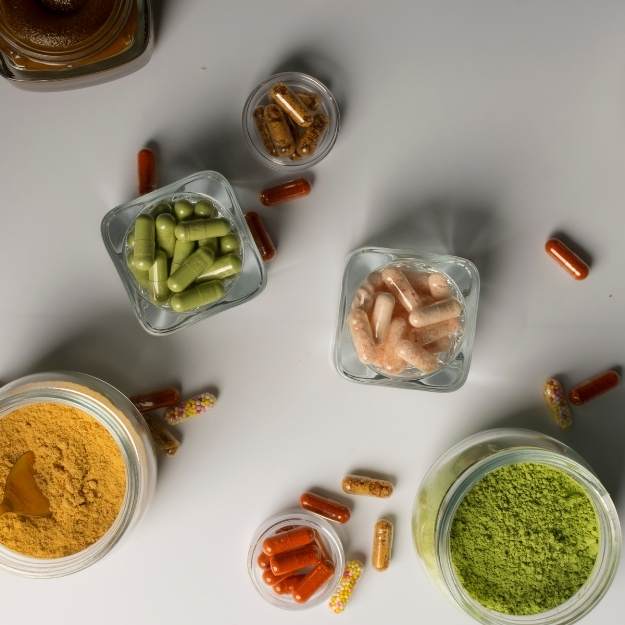
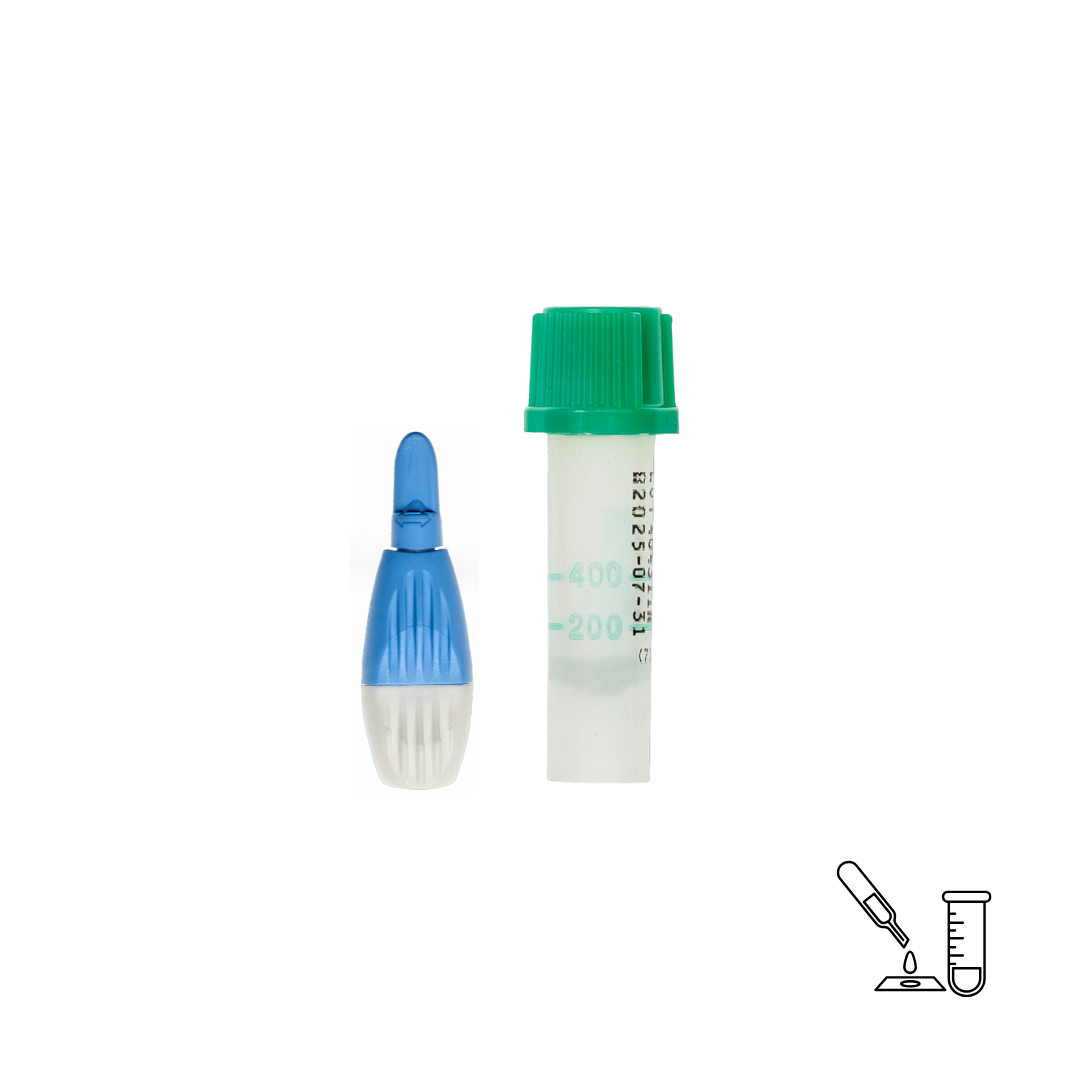

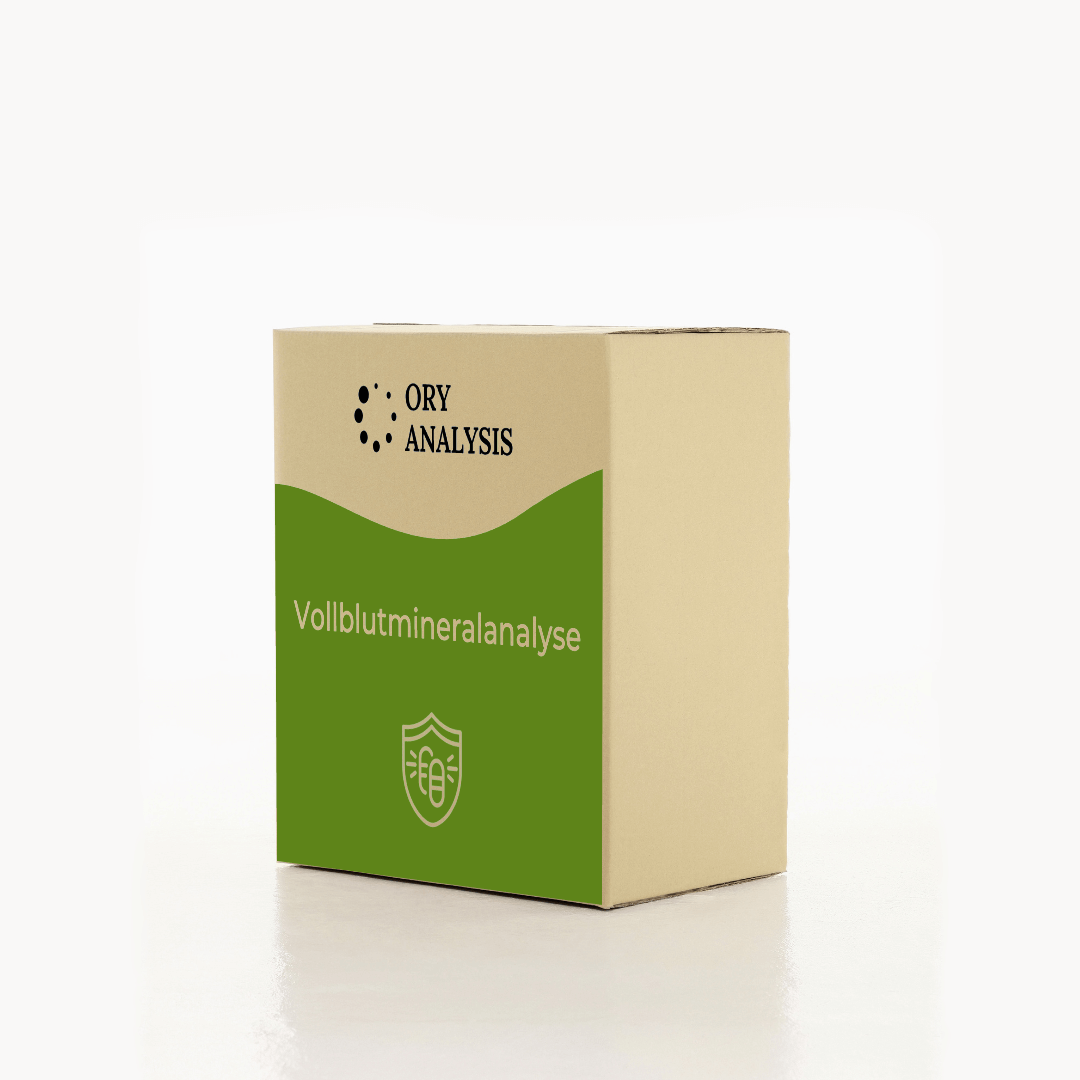

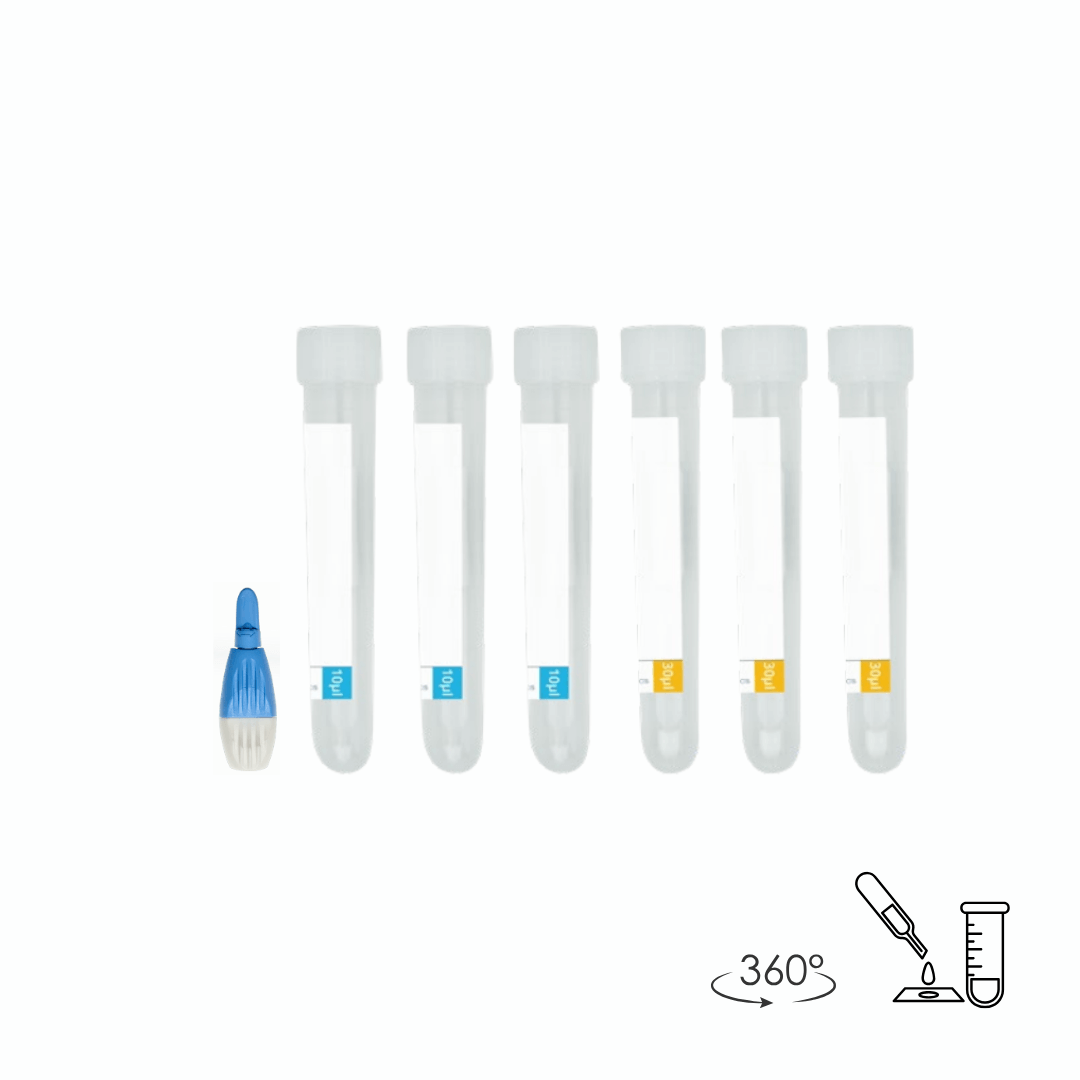



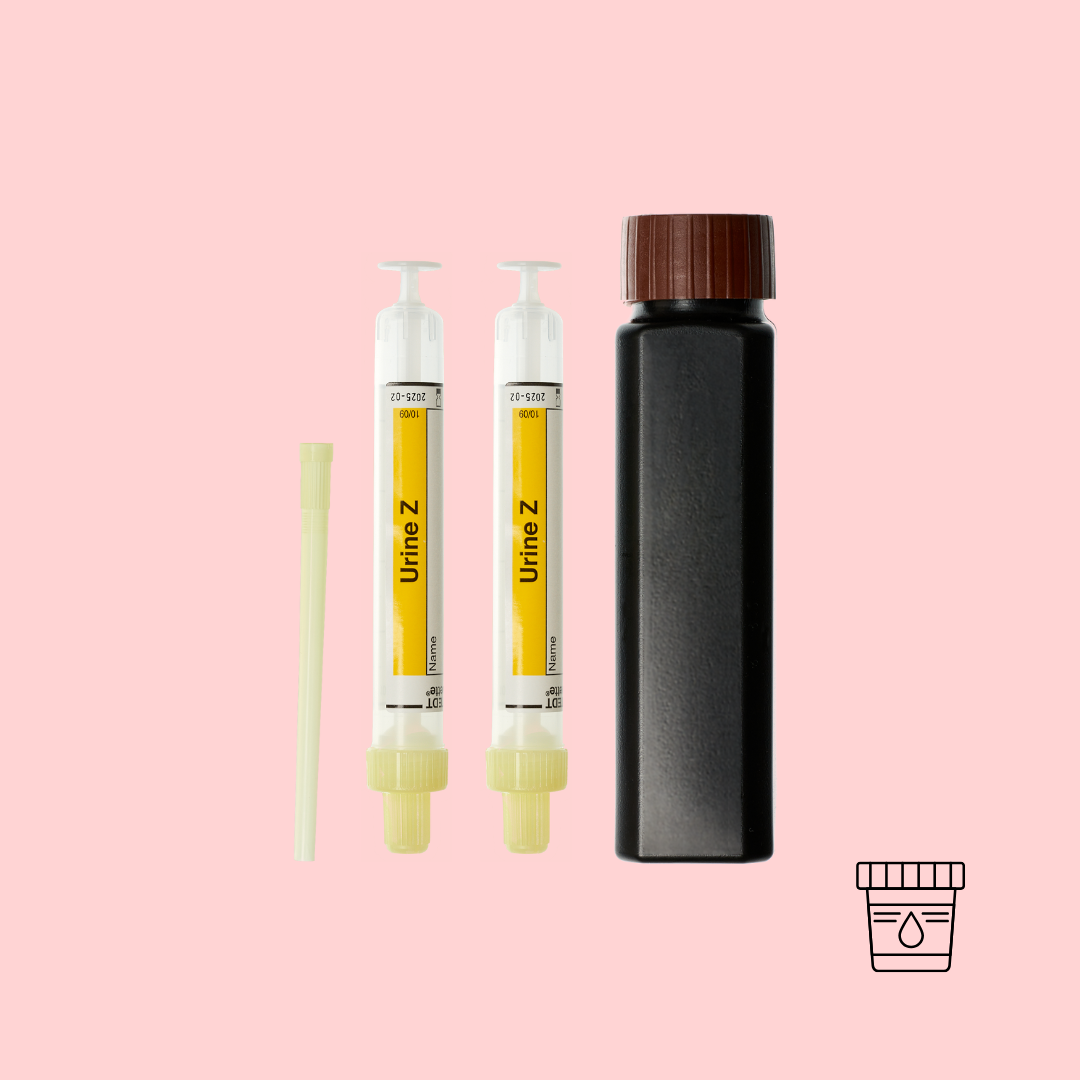
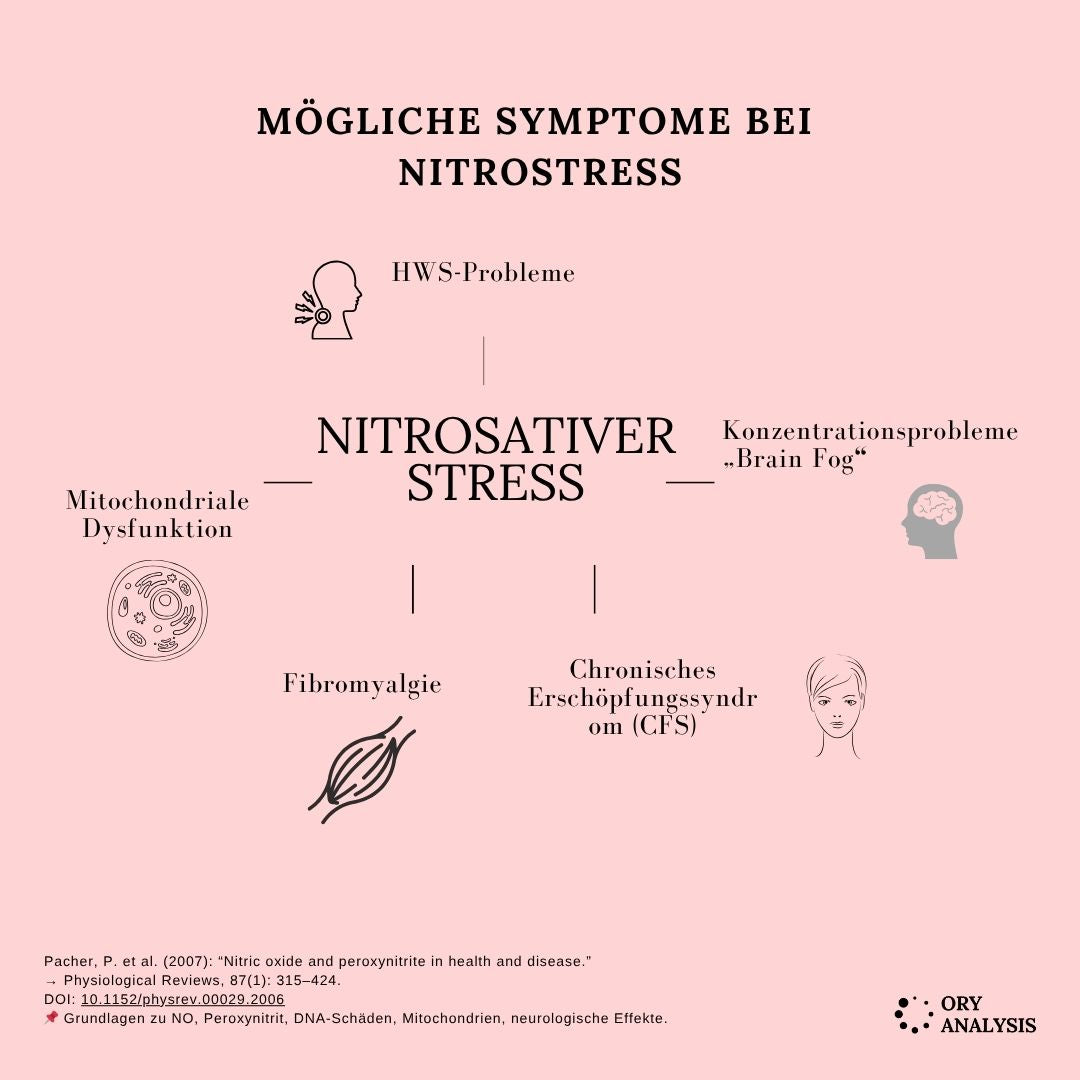

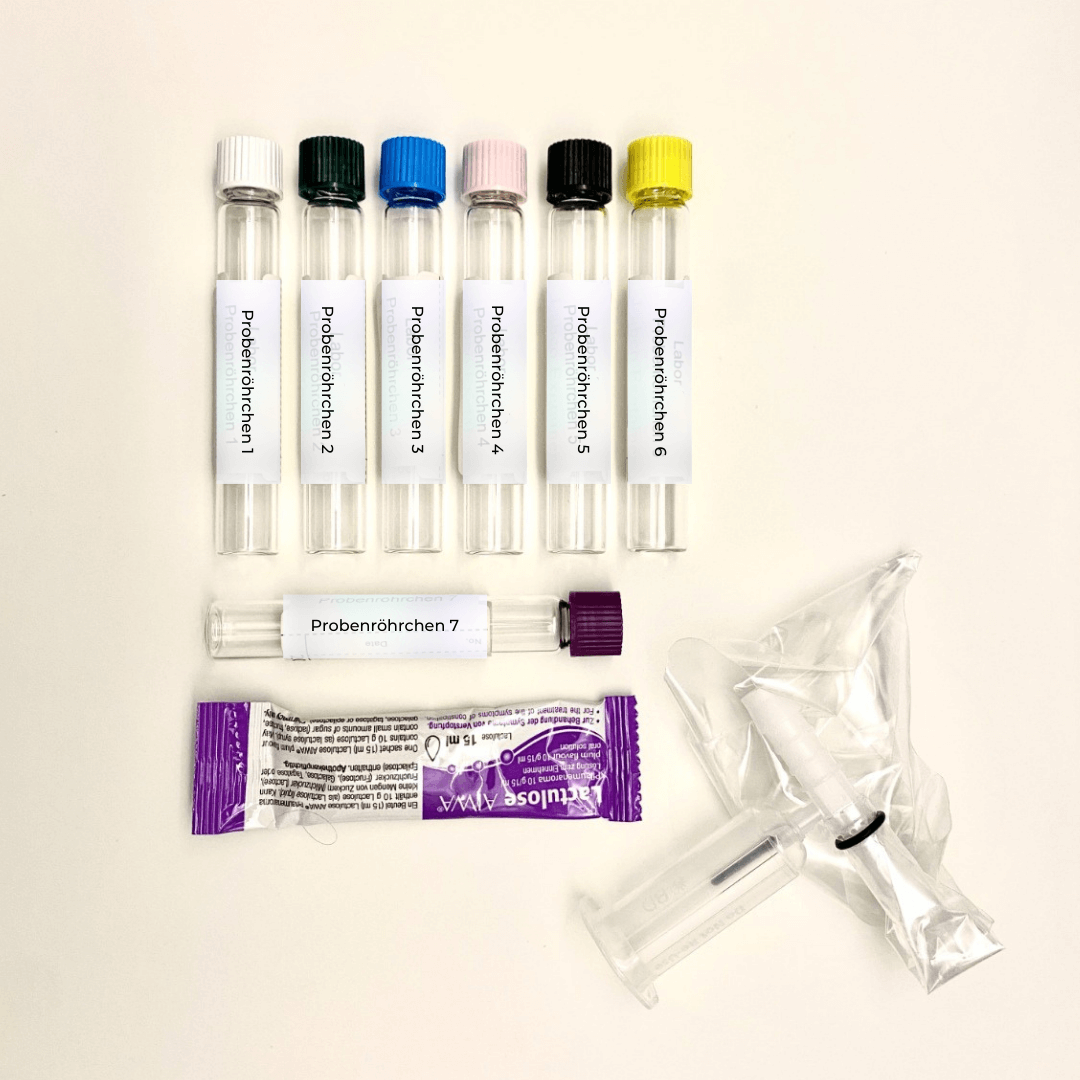
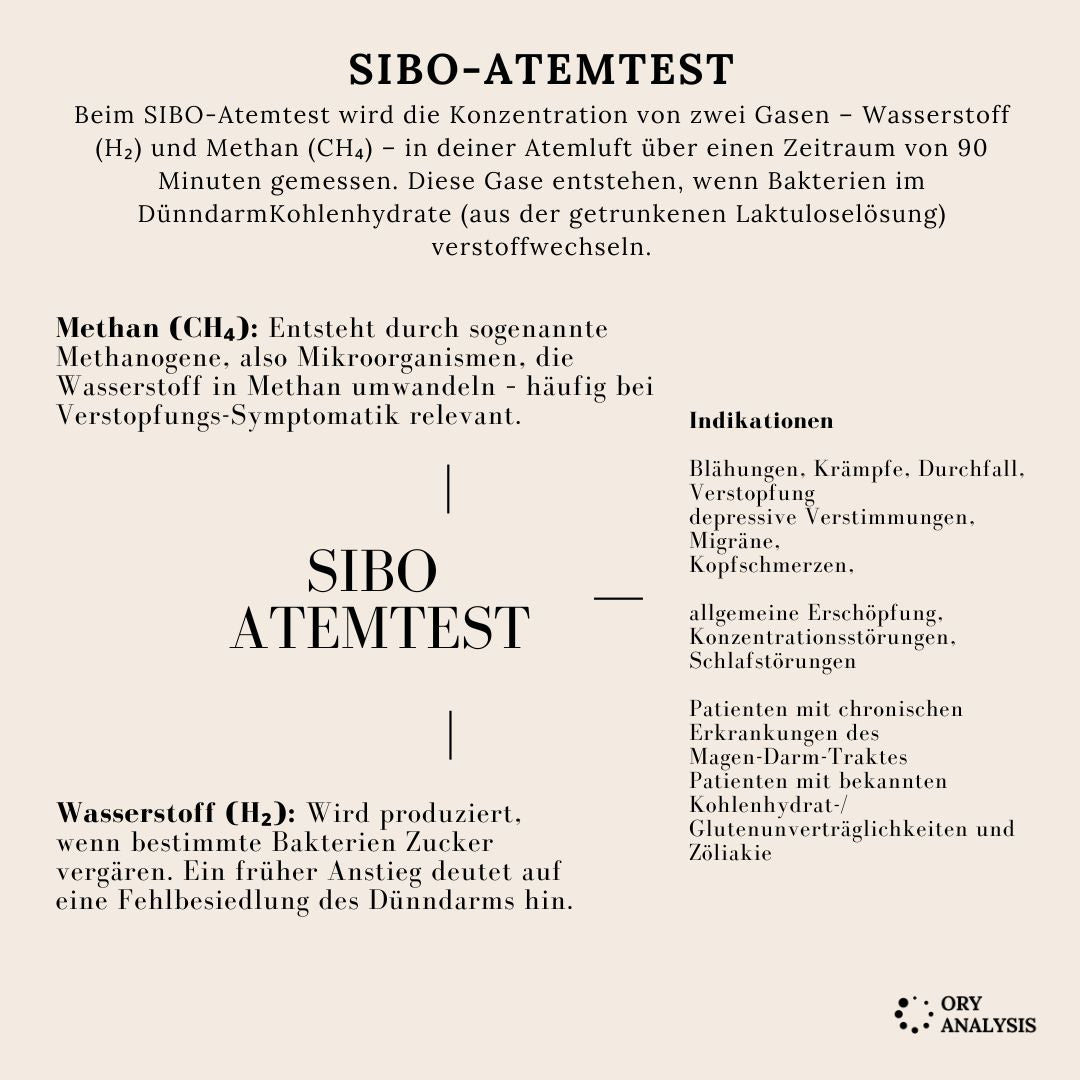
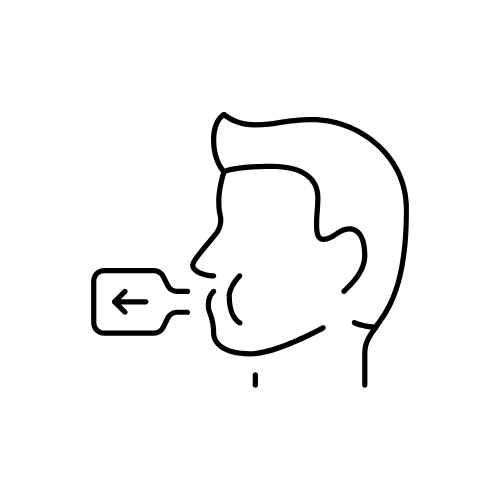



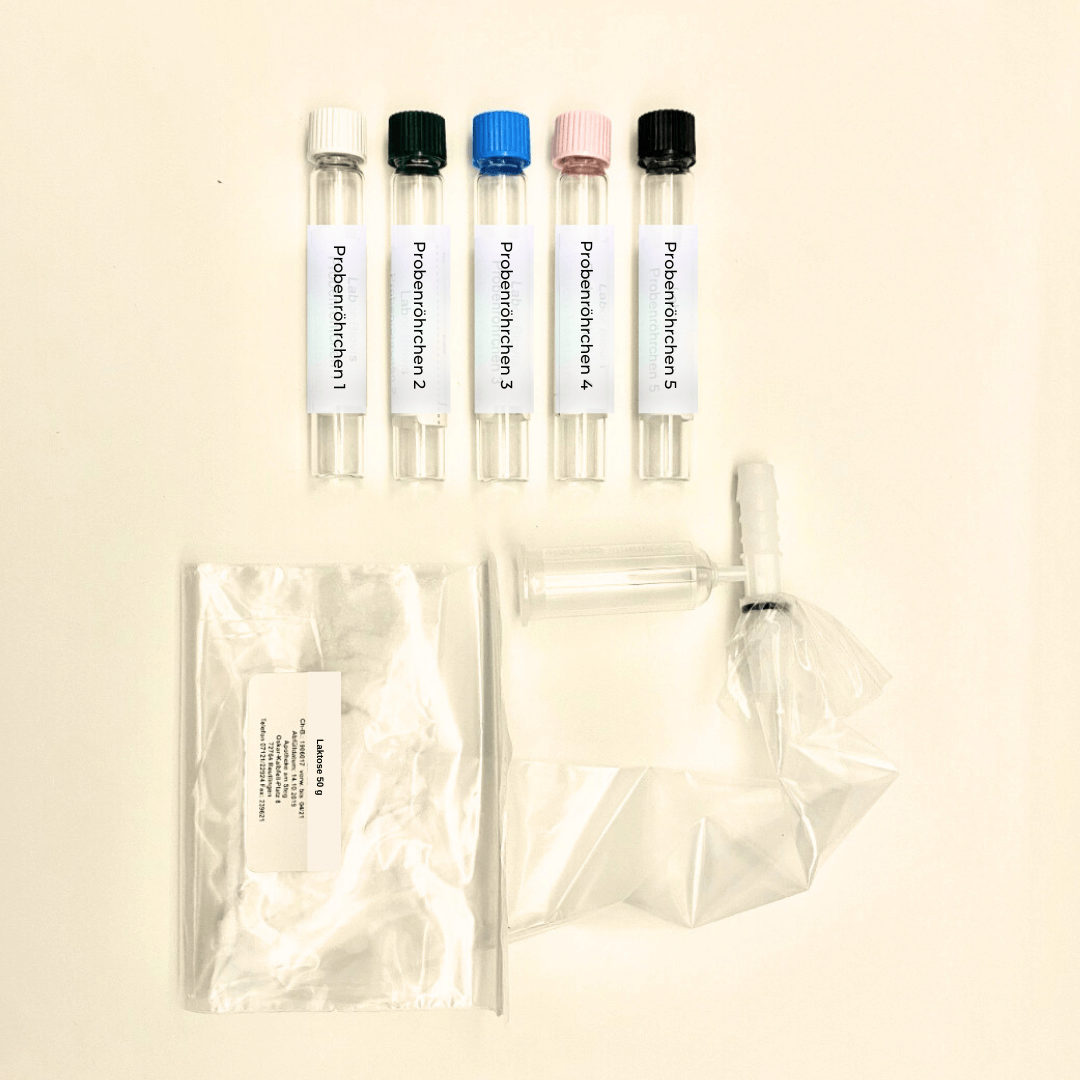

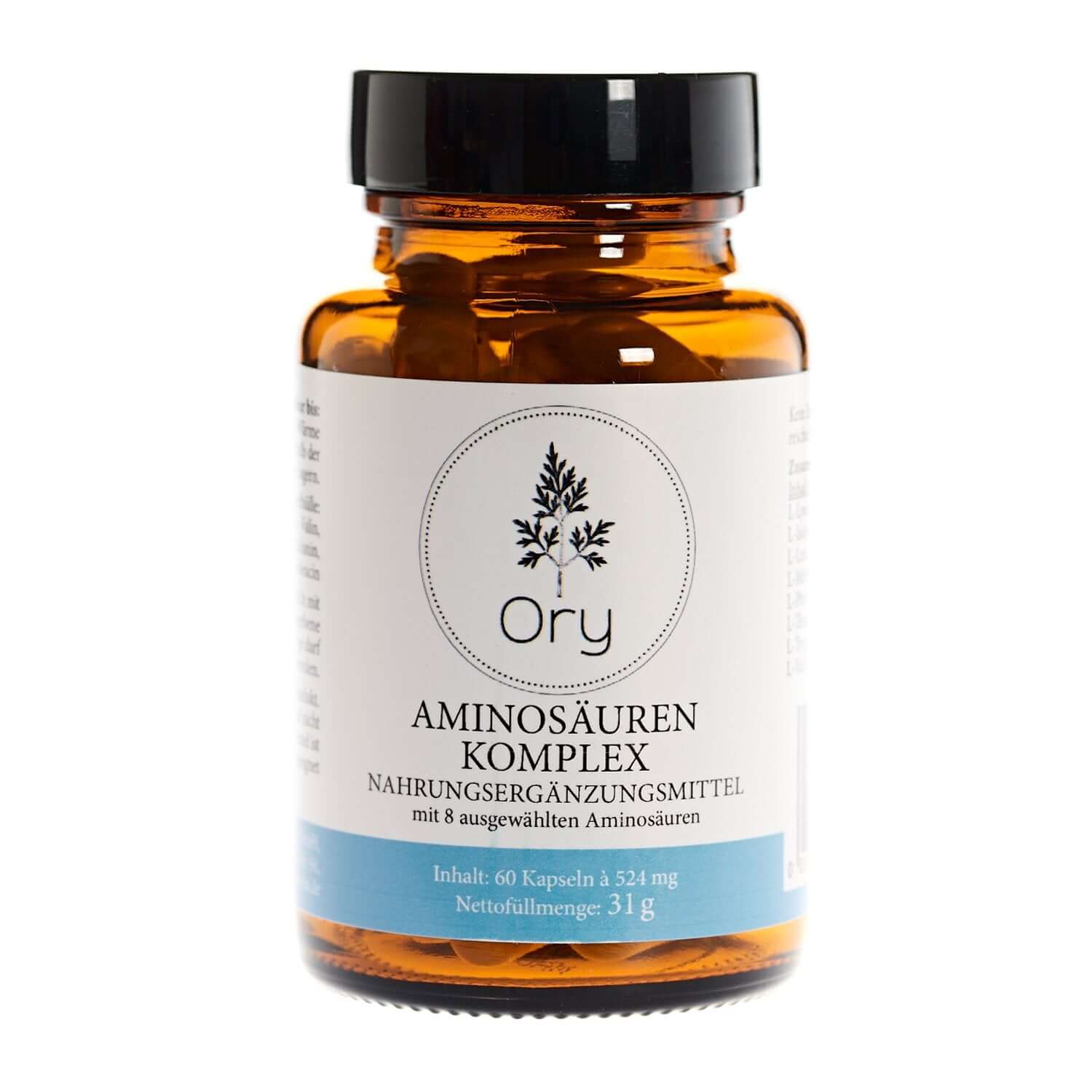
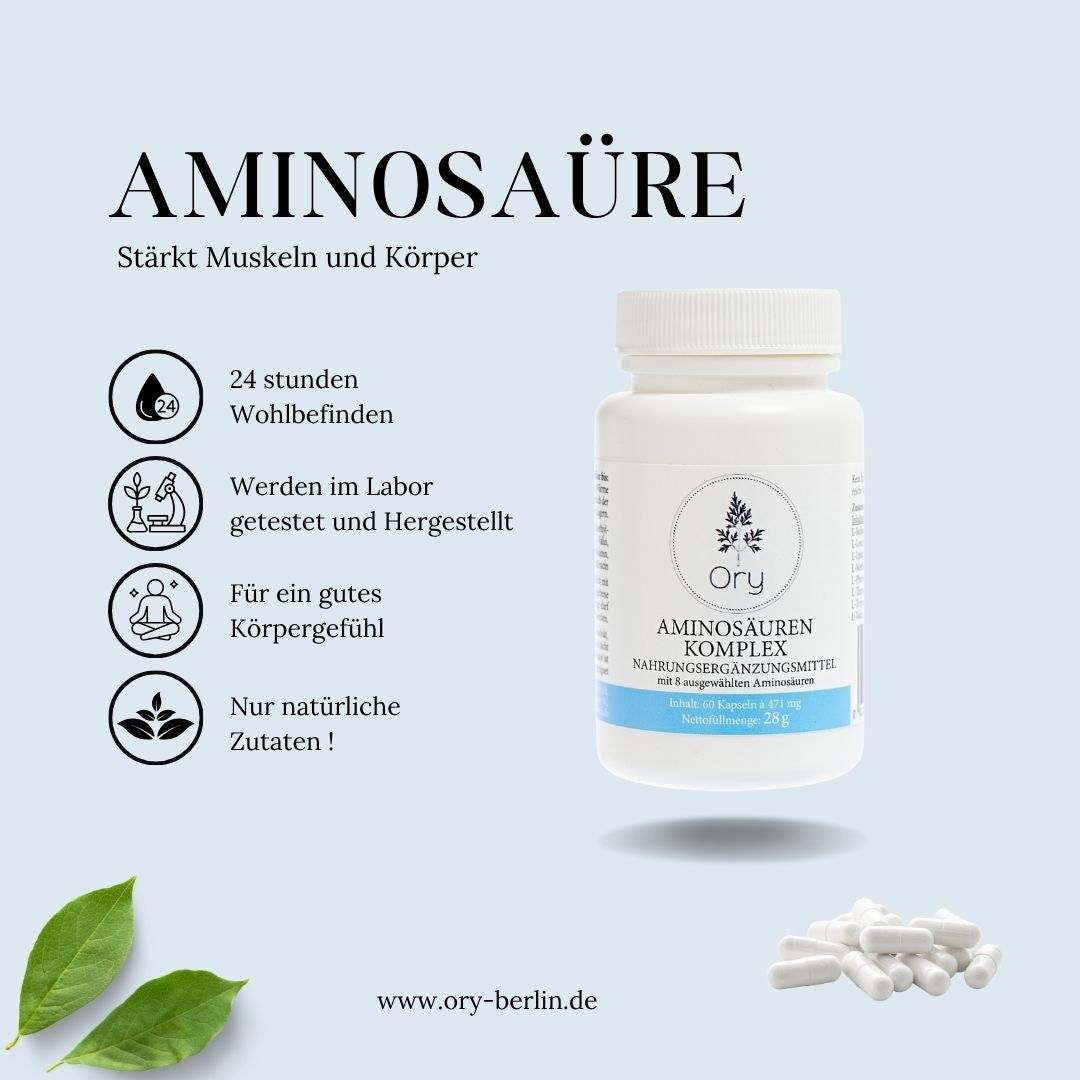
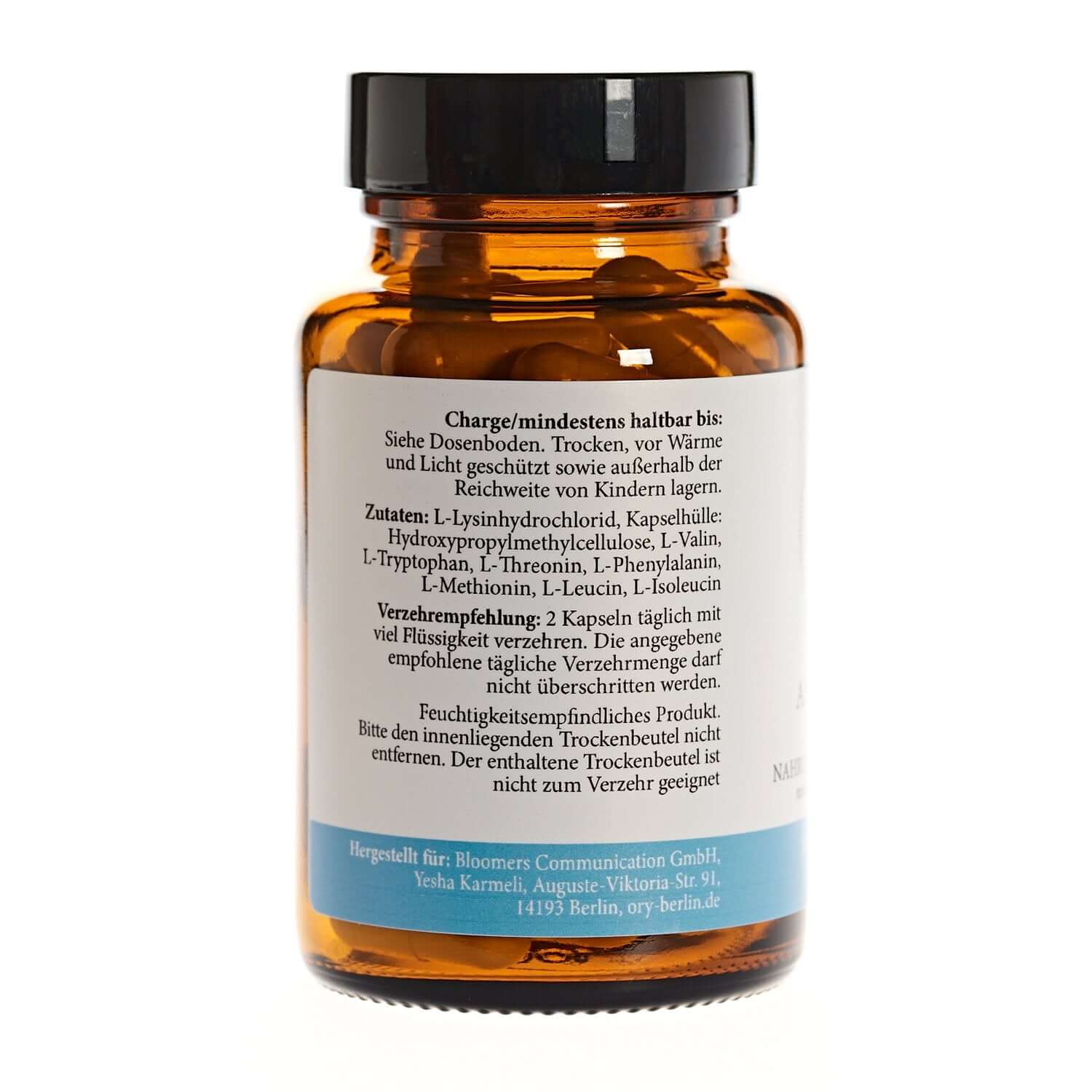
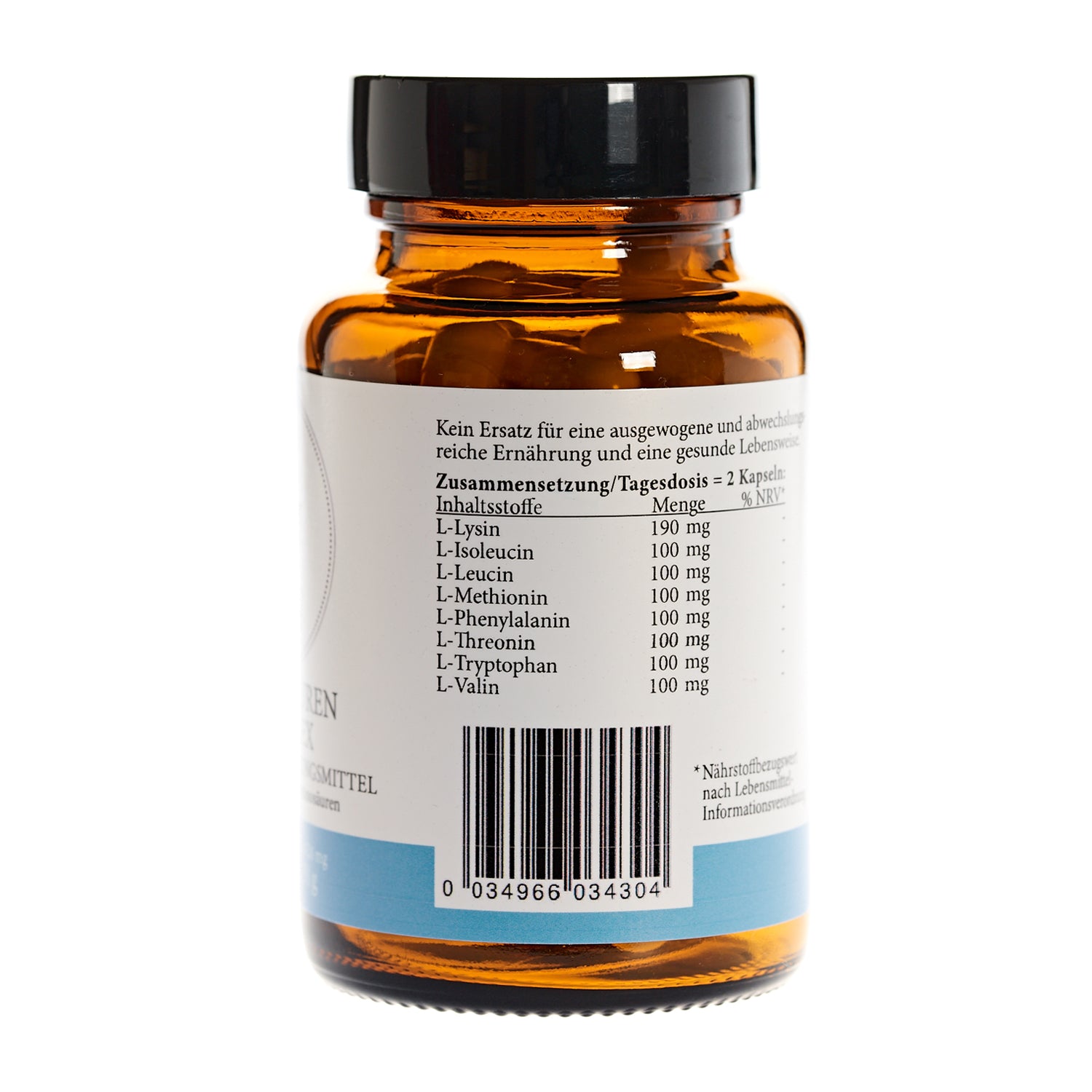
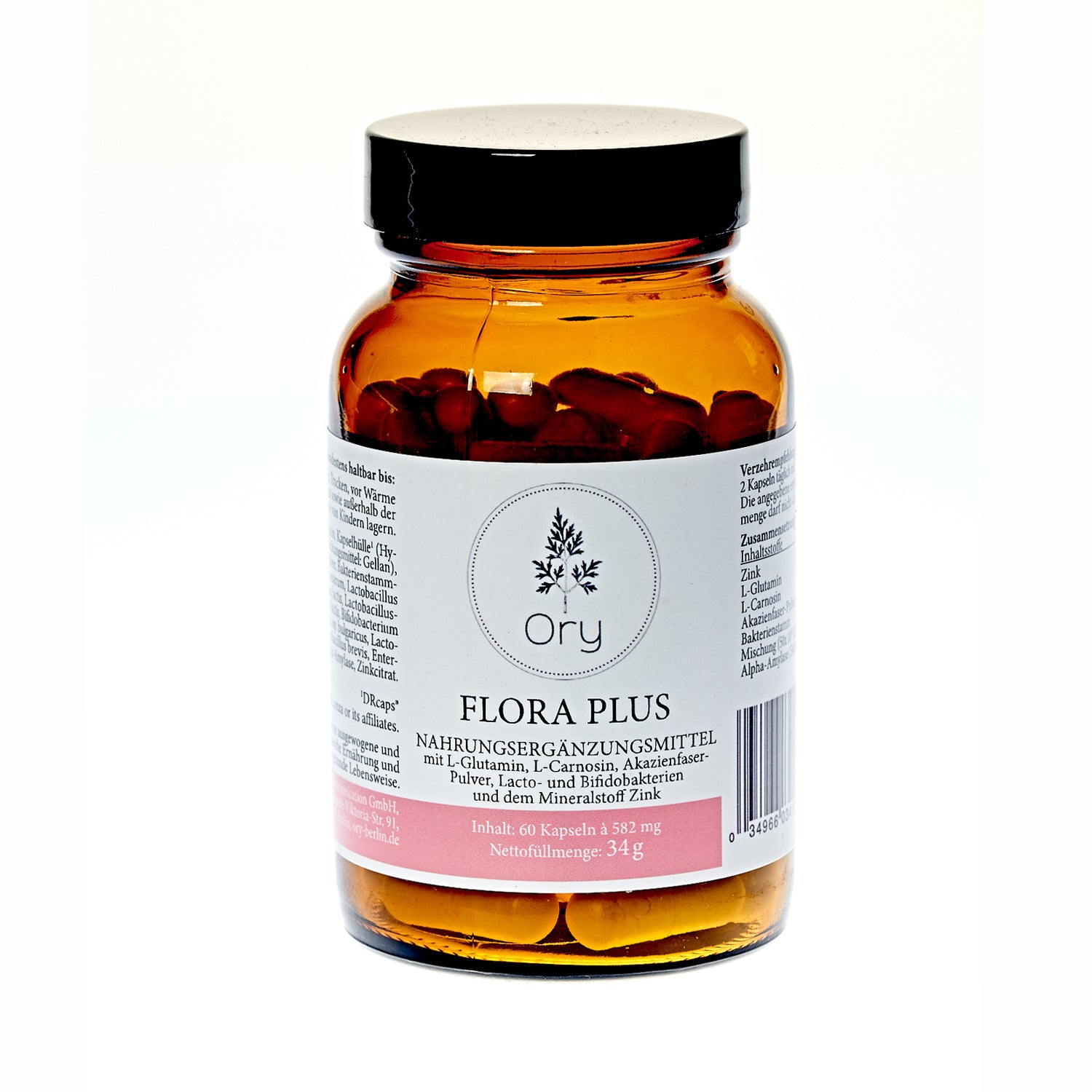
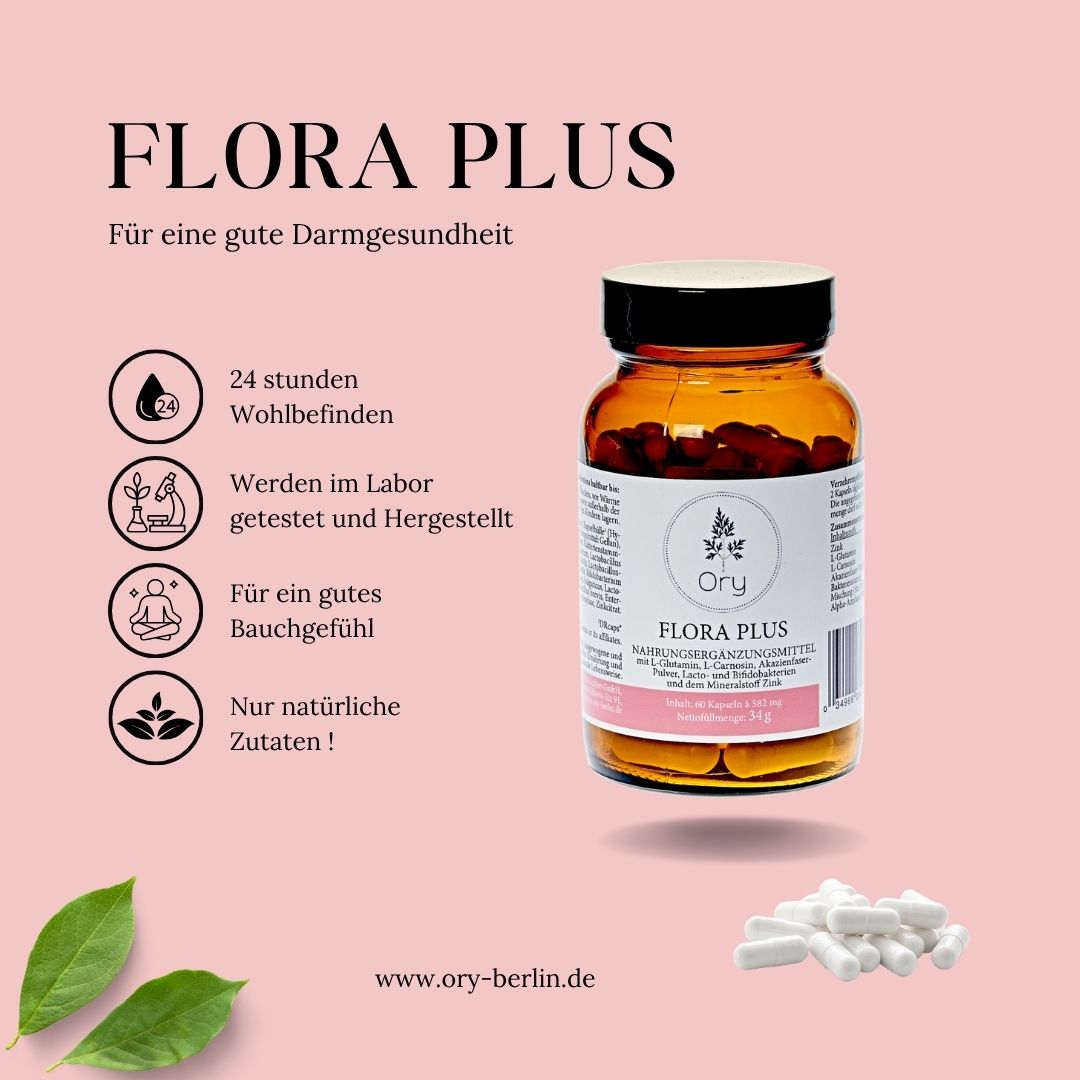
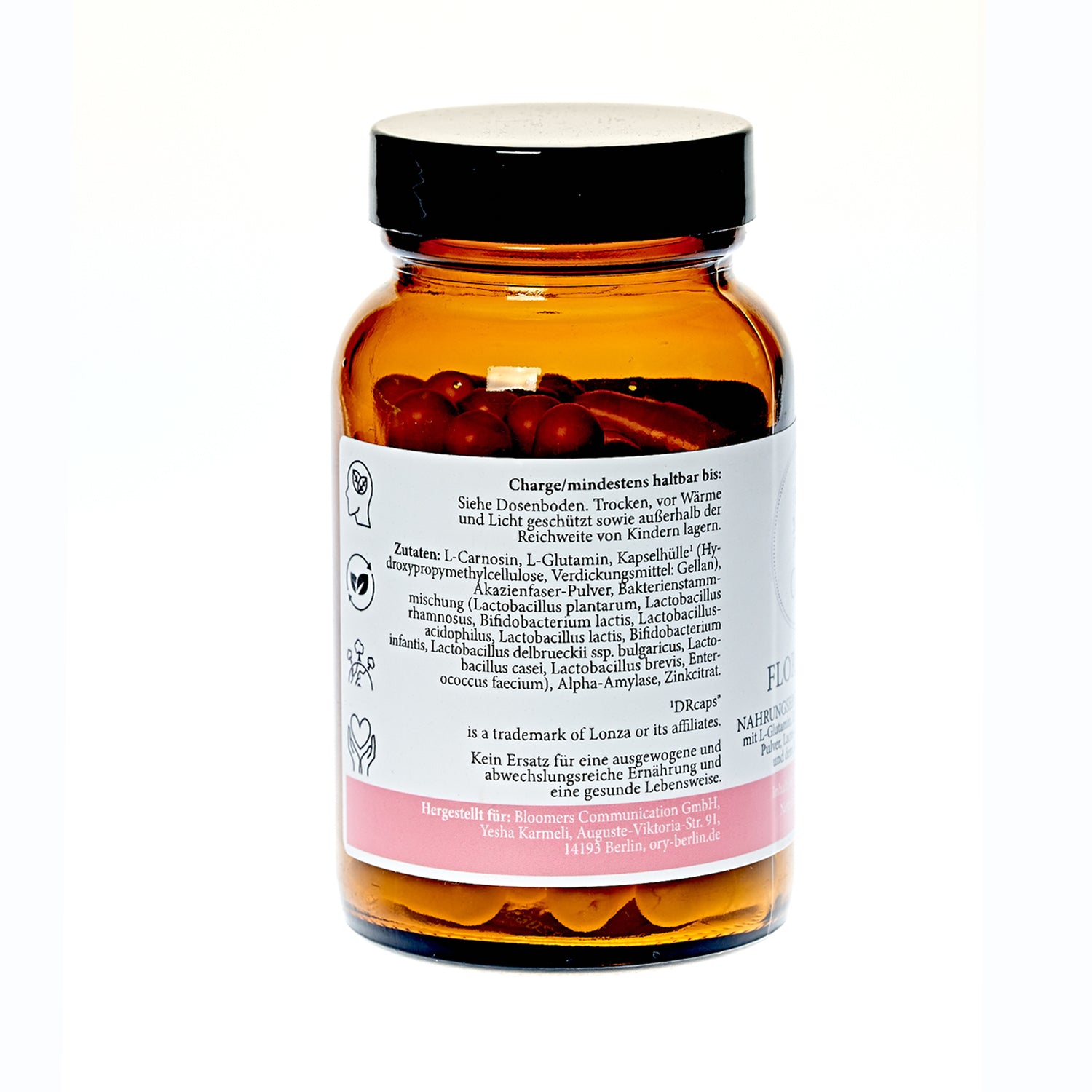
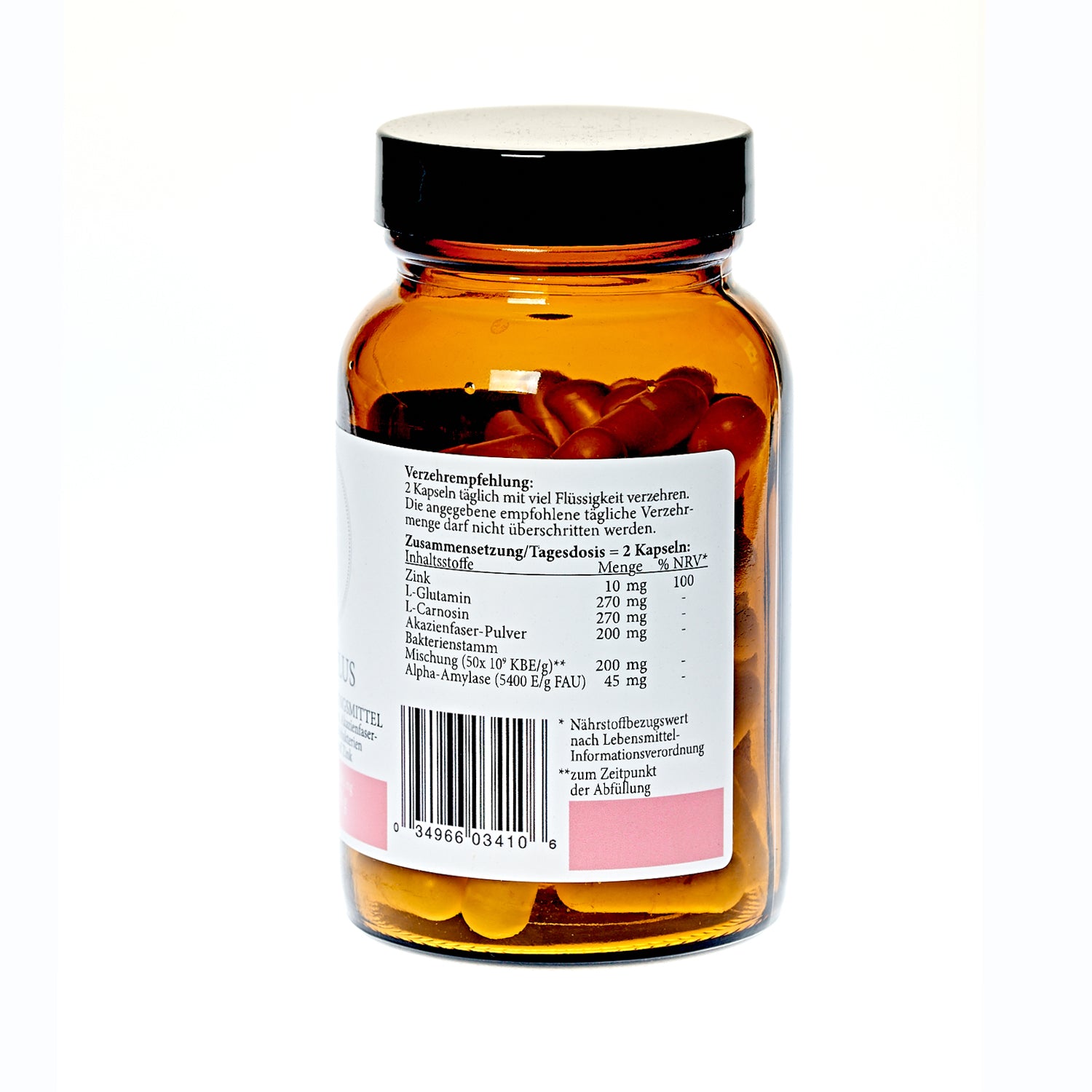

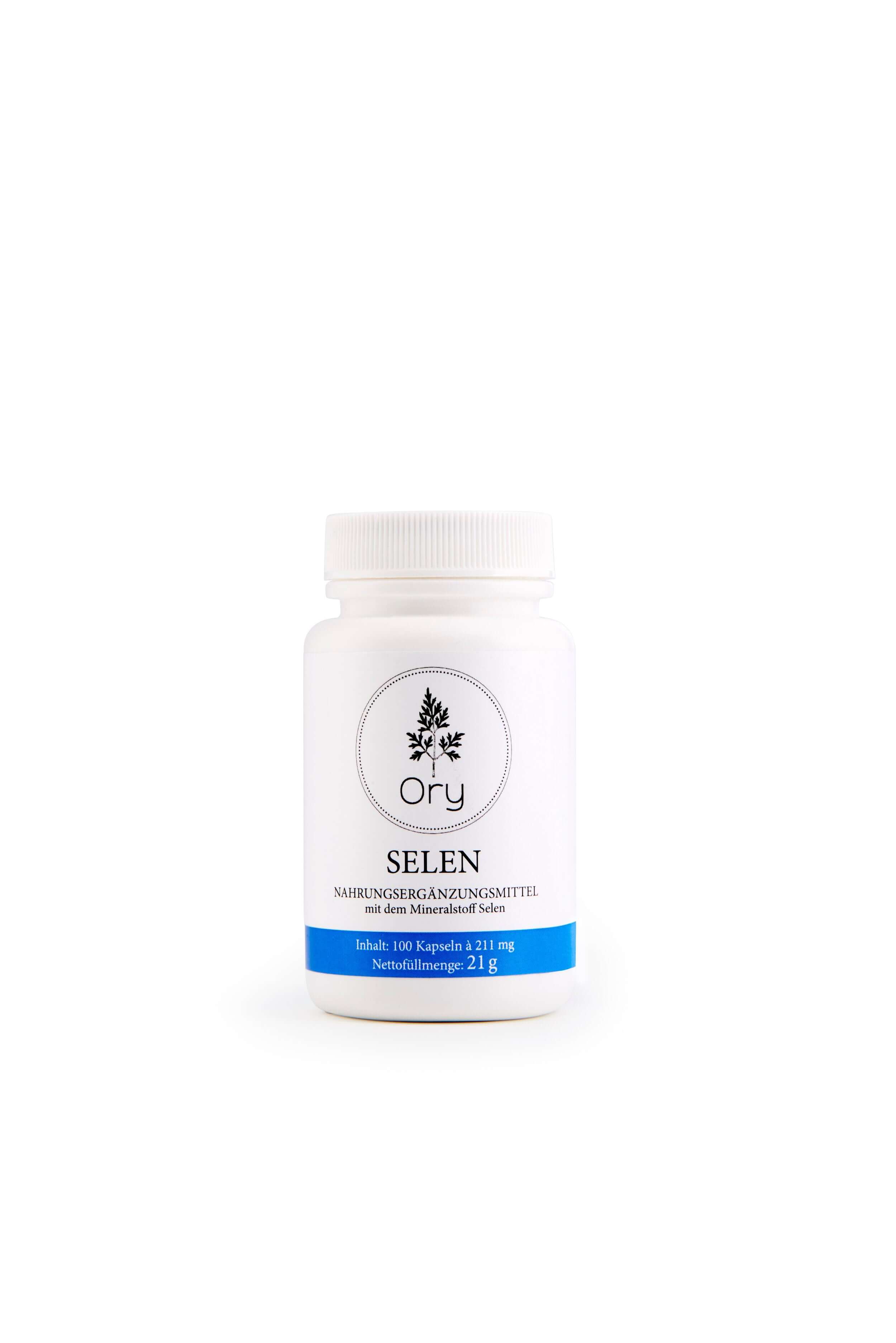
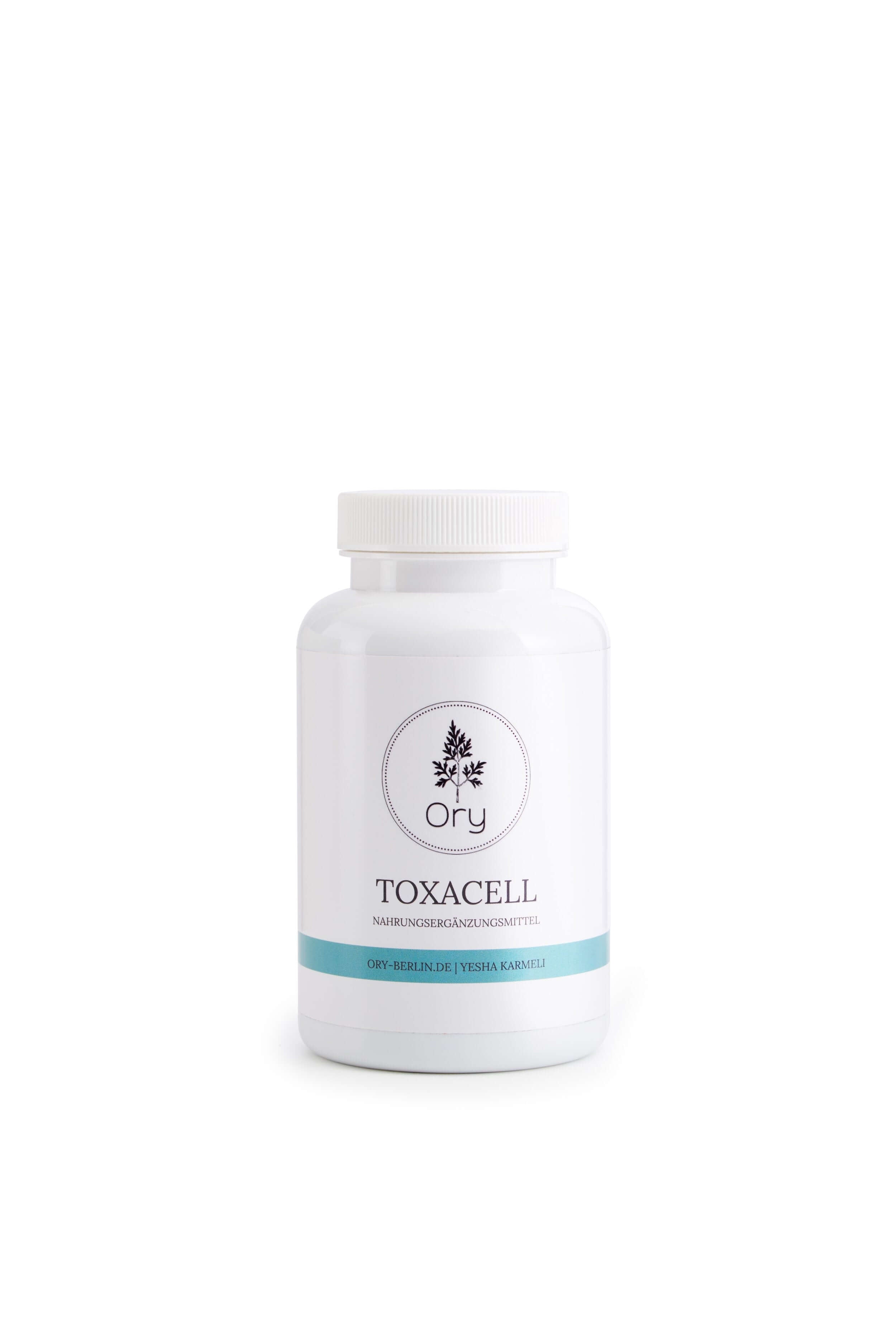
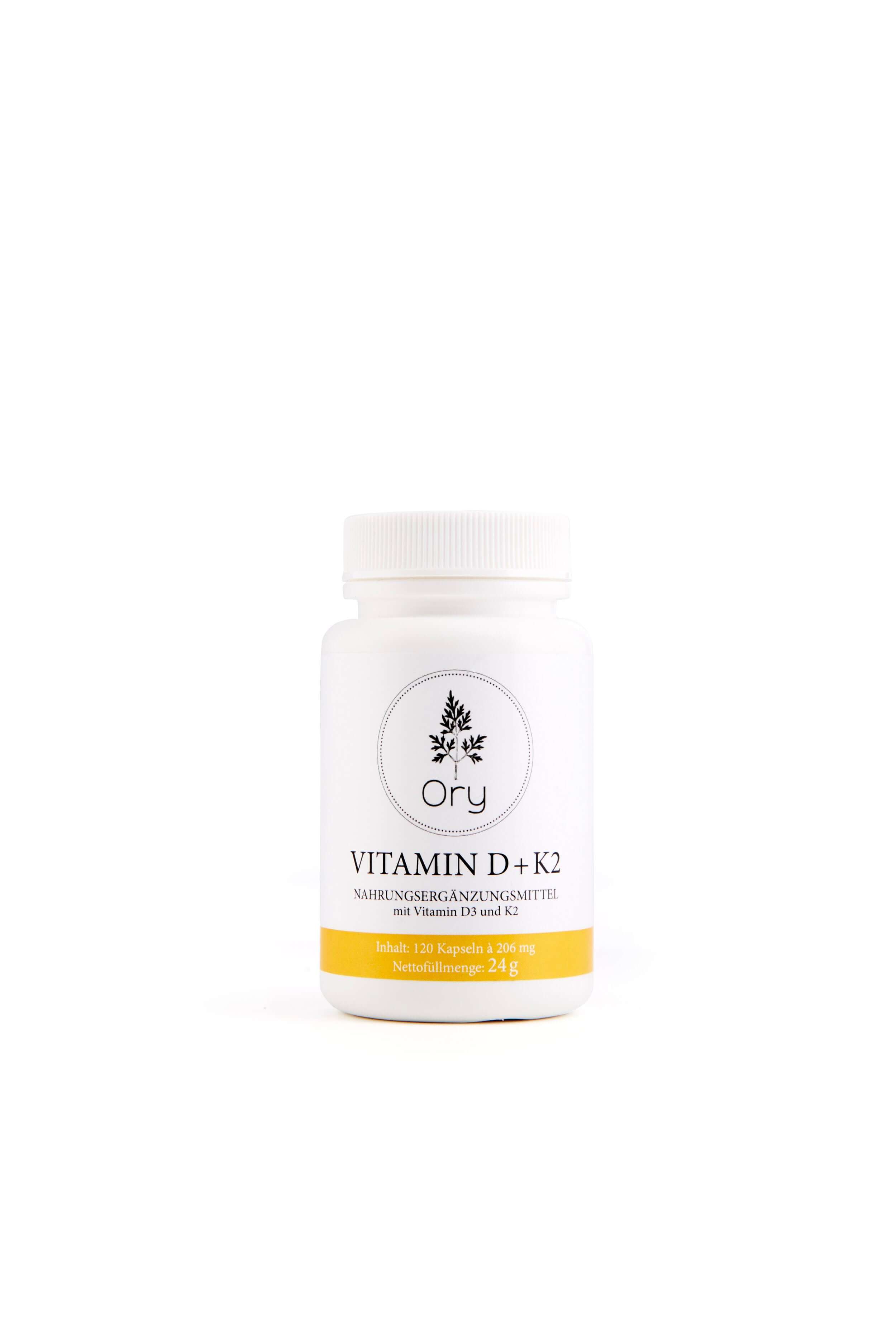

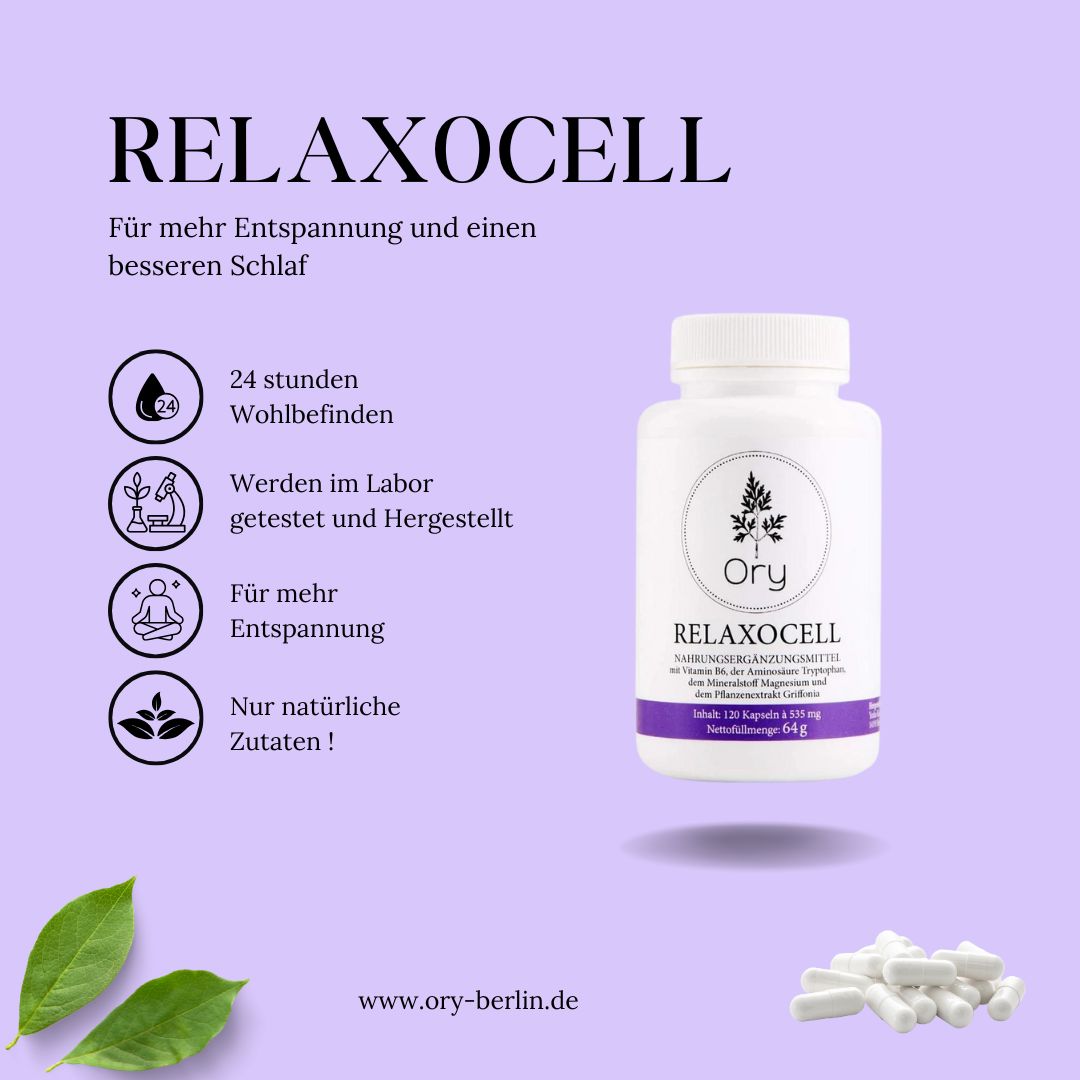
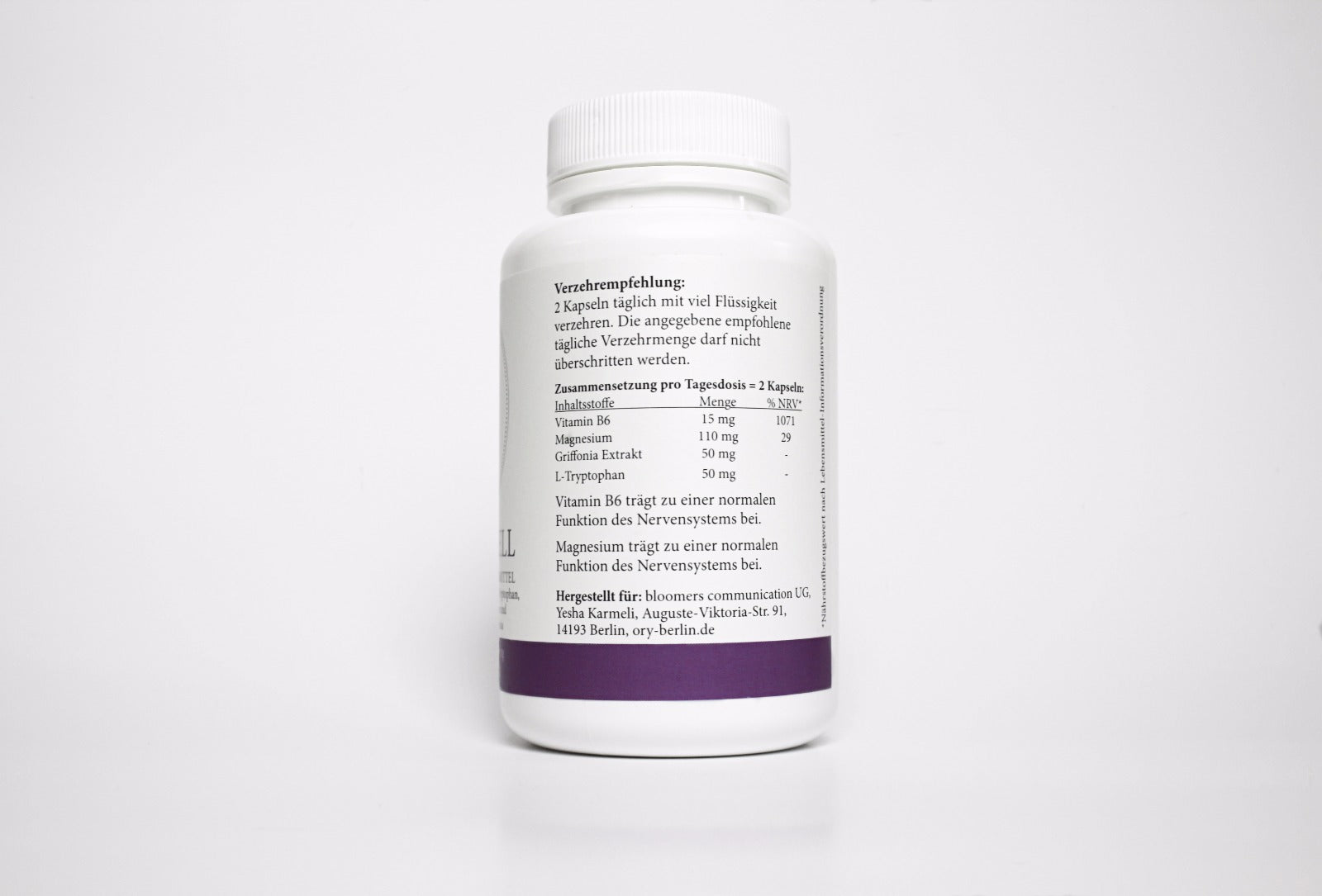
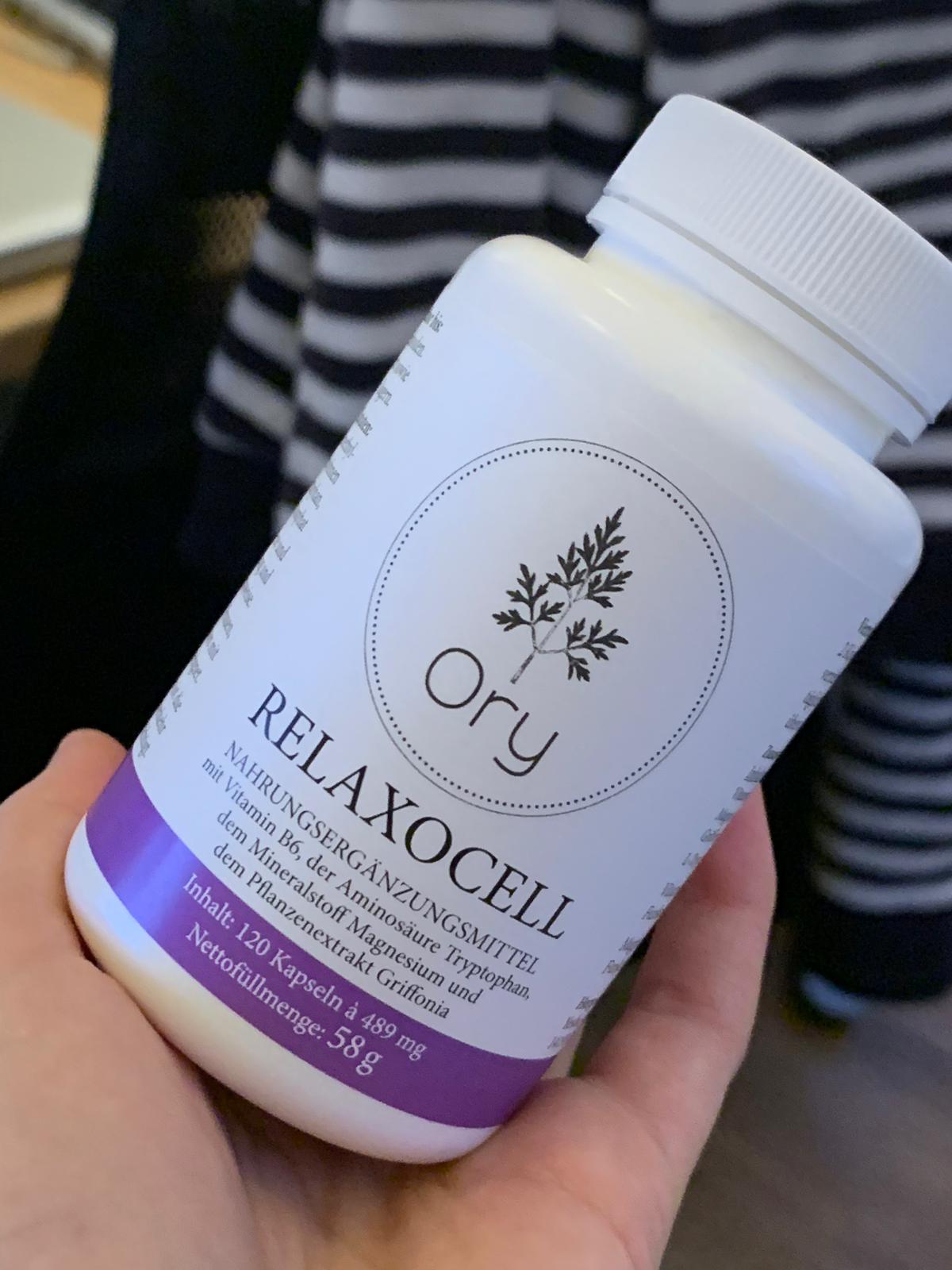








Share:
Tryptophan – your mood booster and sleep whisperer